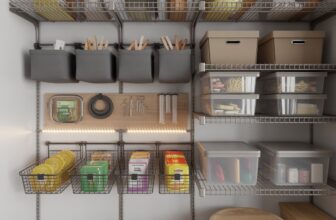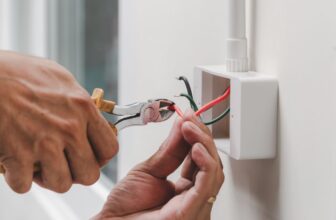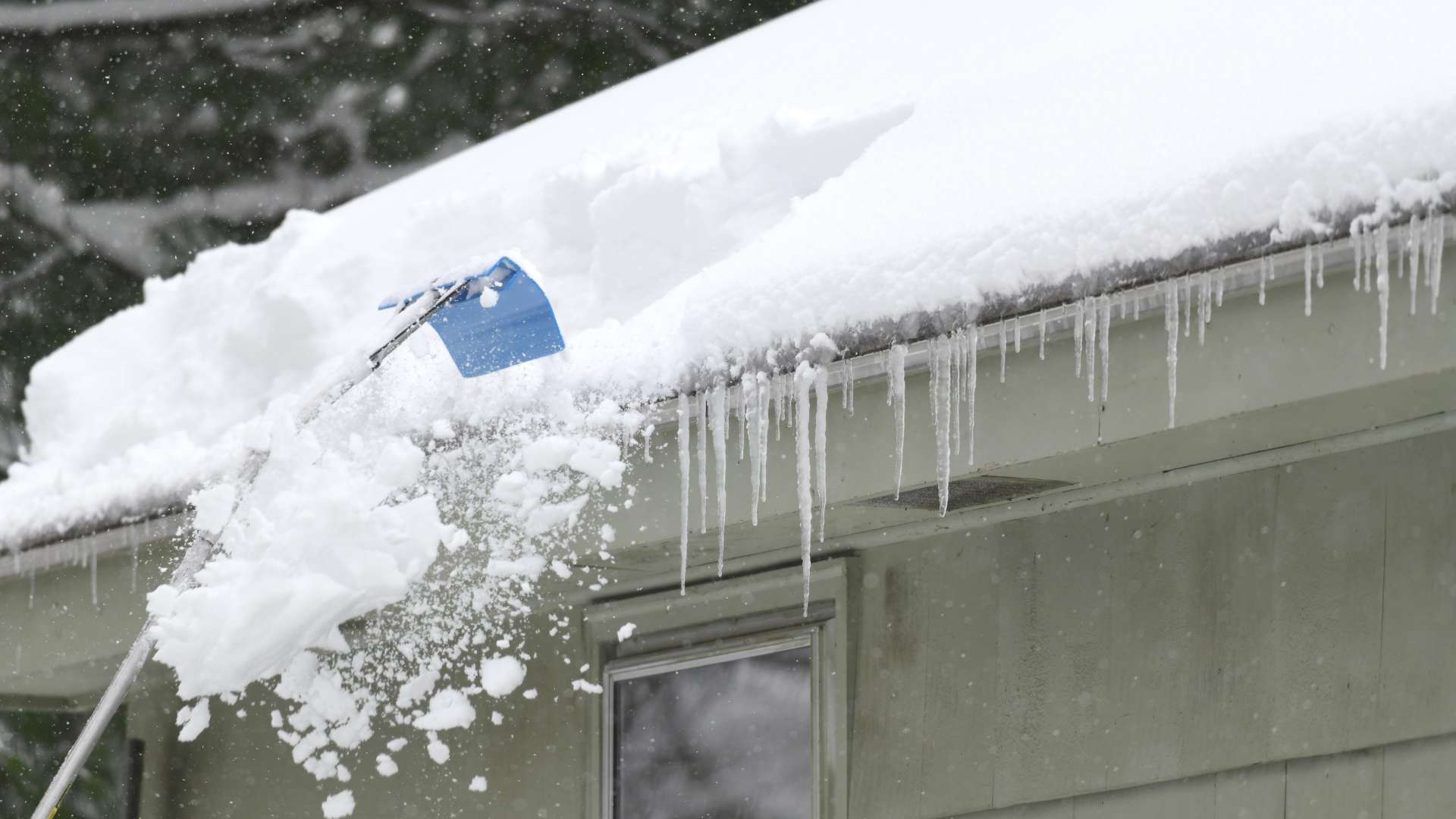
Removing snow from your roof may not be something most homeowners think about until the next blizzard hits. Yet once those heavy winter storms arrive, the decision to act, or wait, can mean the difference between a safe, intact home and costly damage (or worse, serious injury).
In this comprehensive guide, you’ll learn how to safely remove snow from roofs, from assessing the risk to choosing the right tools or calling in professionals.
By the end, you’ll feel equipped (if not enthusiastic) to make smart decisions when snow piles high overhead.
Table of Contents
Why Roof Snow Removal Matters (And When It’s Urgent)
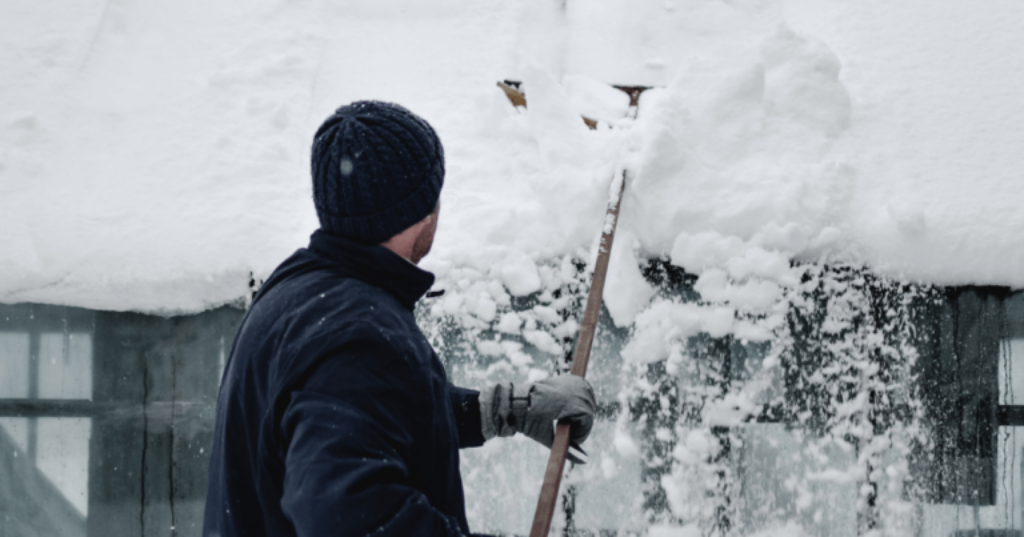
Source: safewise.com
Snow accumulation on a roof is more than just unsightly; it can impose serious structural and safety risks. Two feet of snow on an average-sized roof can add nearly 20 tons of additional load, depending on water content. Over time, that pressure exacerbates membrane stress, loosens fasteners, sags joists, and can even lead to collapse in extreme cases.
But the risk isn’t only structural. Falls and injuries associated with rooftop snow removal happen regularly. Many documented accidents involve slips, roof-edge collapses, or failure to use safe equipment. A study also noted dozens of injuries across several winters, with injury risk scaling with snow depth.
So how do you decide when to remove snow? A good rule of thumb: if your snow layer is over 6 inches (especially when wet and dense), or if snow is bridging across valleys and low slopes, it’s time to act. Also consider the roof’s slope: low-sloped or flat roofs (e.g., on porches or additions) retain snow longer and are more vulnerable to leaks or failure.
If you live in Calgary or surrounding communities under winter’s push, you may also consider professional snow removal Calgary NW services, which can facilitate safer and more efficient clearing when snow loads grow risky.
Pre-Check: Assess Conditions and Risks Before Climbing
Before grabbing a shovel or ladder, walk through a quick safety checklist. This step often gets overlooked, but it dramatically reduces risk.
- Inspect structural capacity: Know if your roof’s framing was designed for heavy snow loads.
- Check weather windows: Choose a calm, cold, but clear day. Avoid windy, rainy, or thawing periods.
- Mark potential hazards: Chimneys, skylights, vents, fall-through roofs, and weak rafters should be flagged.
- Choose access points: Identify safe ladder placement, anchor points for fall arrest, and clear paths for falling snow.
- Alert someone: Always have someone on standby who knows you are working on the roof.
Once you’re confident that conditions are as safe as possible, move to planning your removal steps.
Safe Techniques & Tools To Use (and Avoid)
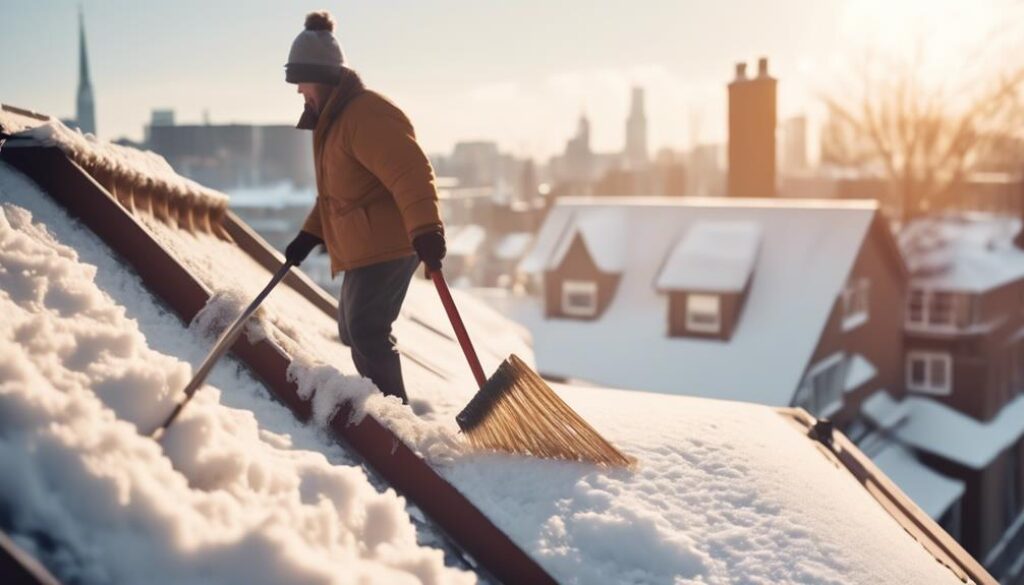
Source: allroofing.ca
There’s a delicate balance: you want to remove snow effectively, but not damage roof materials or jeopardize your safety in the process.
Recommended tools and techniques:
- Roof rake with telescoping pole: Allows you to knock down a layer of snow while staying on the ground or ladder base.
- Push & slide—not scoop & throw: Gradually push snow off in sections rather than trying to yank large masses off the roof.
- Use snow melt agents carefully: Calcium chloride (not sodium chloride) can help de-ice gutters or eaves, but avoid applying products on roofing membranes.
- Segment removal strategy: Start at the eaves, move upward in strips, and don’t overextend yourself.
- Fall-arrest gear: Harness lines, anchor points, and safety ropes are crucial when you must access roof slopes.
What to avoid:
- Manual shoveling from the peak down.
- Using heavy tools like metal shovels or picks directly on the roof surface.
- Climbing without securing a fall arrest or stable ladder anchor.
- Waiting until after dark or during inclement conditions.
One common safety tip: ladders should be angled one foot out for every four feet up, and extended at least three feet beyond the roofline. That simple geometry can mean the difference between a stable climb and a dangerous slip.
Practical Steps: A Sample Snow Removal Workflow
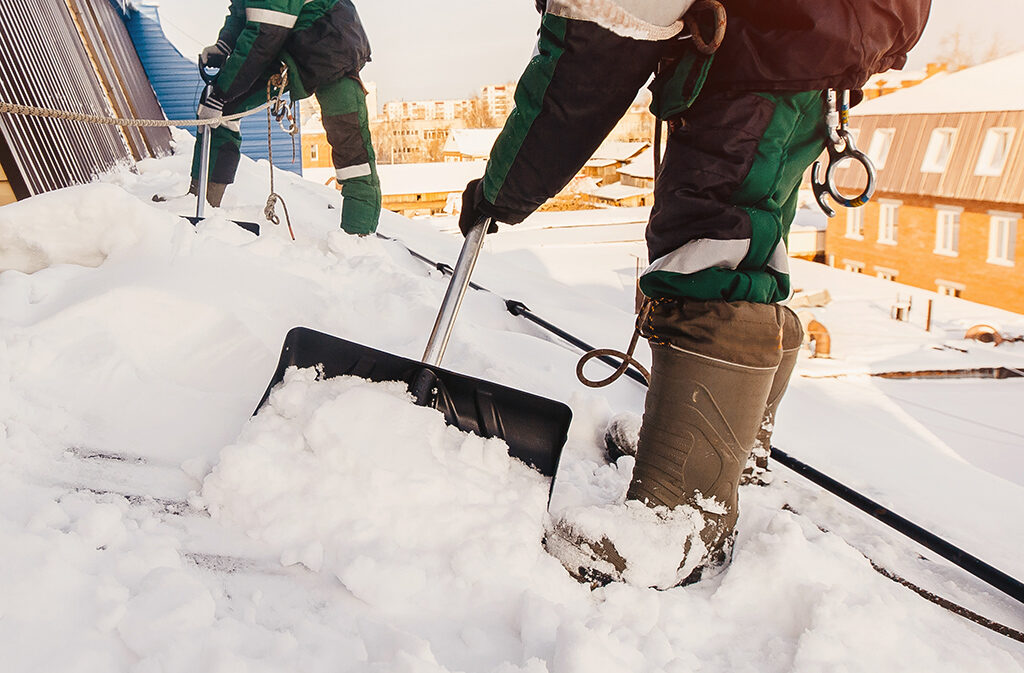
Source:facebook.com
Below is a suggested step-by-step plan to systematically remove snow while managing risk.
| Step | Action | Notes / Safety Tips |
| 1 | Clear a “landing zone” | Remove snow below the eaves to catch falling snow safely |
| 2 | Use a roof rake from the ground | Start by removing 1–2 feet strips along eaves, working upward |
| 3 | Adjust position gradually | Move the ladder carefully; don’t overreach |
| 4 | Shift to the rooftop only if needed | Only if conditions are safe and you have proper gear |
| 5 | Maintain even removal | Avoid leaving patches of thick snow next to thinner ones |
| 6 | Monitor gutters and eaves | Clear ice and ensure melt runoff has a path |
| 7 | Inspect the roof afterward | Check for membrane punctures, loose flashing, and debris |
Pro tip: After any major removal, watch for early re-accumulation and target those new deposits before they compact or freeze.
Throughout the process, stop and reassess frequently. If a section looks risky, don’t push it—safety first.
Recognizing When It’s Time To Call a Professional
Despite your best preparation, there are times when calling in experts makes better sense—and safer sense.
When to hire help:
- Deep, dense snow layers (heavy wet snow).
- Roofs with steep slopes, complex architecture, or multiple levels.
- If you lack proper fall-protection equipment or experience.
- Structural concerns (e.g., sagging, visible stress, leaks).
- Time constraints or inability to safely access with tools.
In Calgary, many homeowners rely on commercial snow services for roof and property safety. Whether you call a commercial snow removal Calgary company or a local crew in NW Calgary, professionals bring equipment, insurance, and experience to mitigate risks you may not anticipate.
Before hiring:
- Ask for proof of insurance and worker safety protocols.
- Inquire about the tools they use.
- Clarify pricing: flat rate, per event, or seasonal contract.
- Confirm scope: roof only or also gutters, eaves, and ice dams.
Final Thoughts
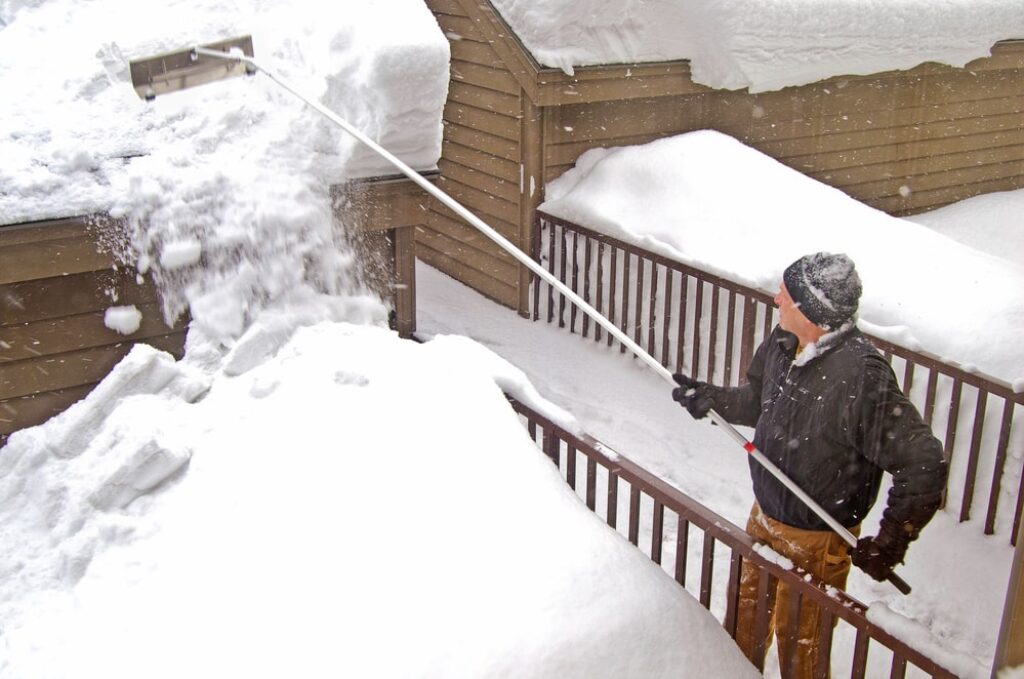
Source:youtube.com
Clearing snow from your roof is a critical winter task when done with care. You must balance urgency, technique, and safety. Evaluate the snow load, pick the right tools, and never compromise on fall protection.
Whenever the job seems risky or overwhelming, bring in professionals, especially in climates with heavy, dense snow.
With planning, diligence, and the right precautions, you’ll protect both your home and your well-being through the coldest, snowiest months.



